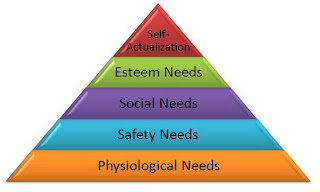Jogjakarta adalah provinsi dimana candi ini berada. Candi
yang terletak di Jalan Raya
Jogjakarta-Solo km. 17, sekitar 20 km sebelah timur Jogjakarta ini begitu menarik
untuk dikunjungi. Selain kita bisa belajar tentang sejarah kebudayaan bangsa
Indonesia, kita juga bisa menikmati keindahan bentuk ukiran relief yang menempel
diseluruh badan candi. Dalam komplek candi prambanan juga terdapat candi-candi
lainnya seperti Candi Lumbung, Candi Bubrah, dll. Kita juga bisa menikmati
fasilitas museum, taman bermain, atv dan pemutaran vedio yang tersedia di dalam
komplek candi prambanan.
Untuk menuju komplek Candi Prambanan,
kita bisa menggunakan Bus Trans-Jogja yang akan berhenti di Terminal Prambanan.
Alternatif kendaraan yang bisa digunakan untuk mencapai candi ini ini adalah
dengan menggunakan taksi atau dengan kendaraan pribadi baik motor ataupun
mobil.
Biaya untuk memasuki komplek candi
prambanan adalah sebesar Rp. 22.500 tetapi pihak candi prambanan juga
menawarkan paket lainnya yang juga menarik dengan harga yang sangat layak untuk
dipertimbangkan. Dengan paket yang seharga Rp. 30.000 kita bisa menikmati
tambahan tempat wisata yaitu Candi Ratu Boko yang letaknya terpisah dari
komplek candi prambanan dan ditempuh selama 15 menit perjalanan. Dengan paket
ini kita akan diantar-jemput menggunakan mobil yang disediakan pihak candi
prambanan.


